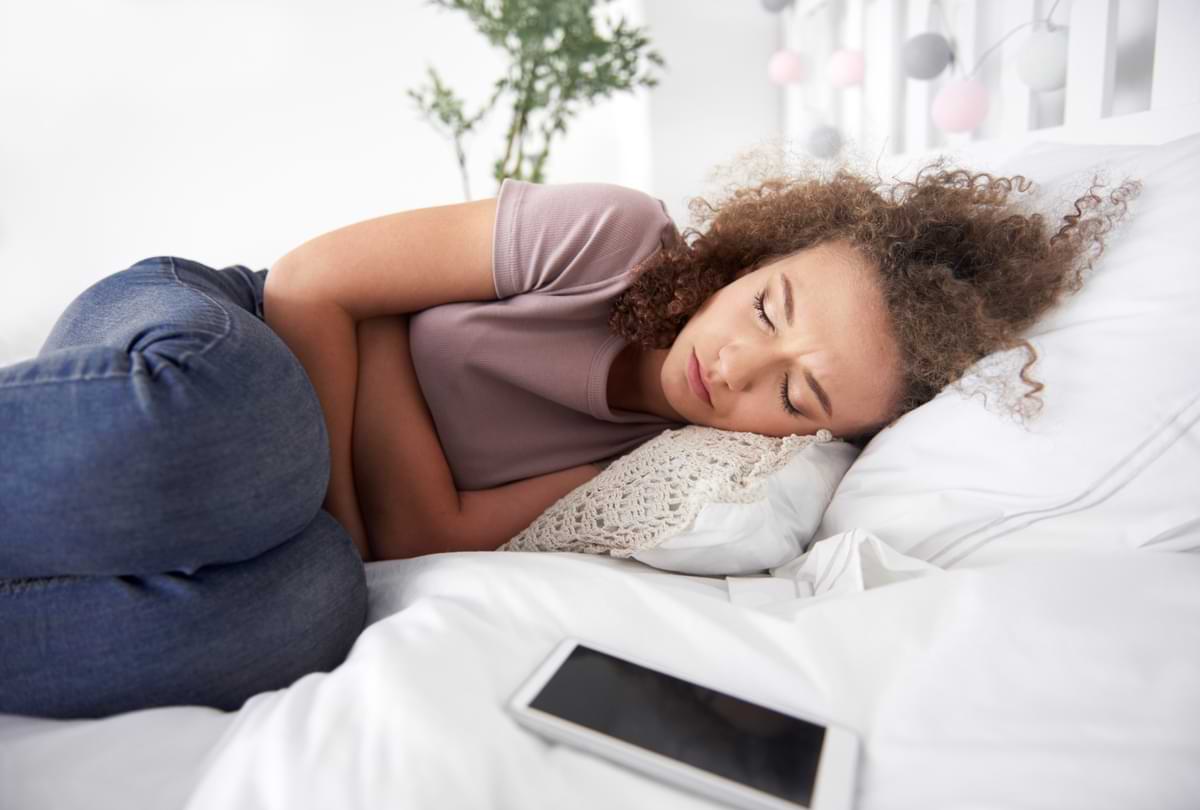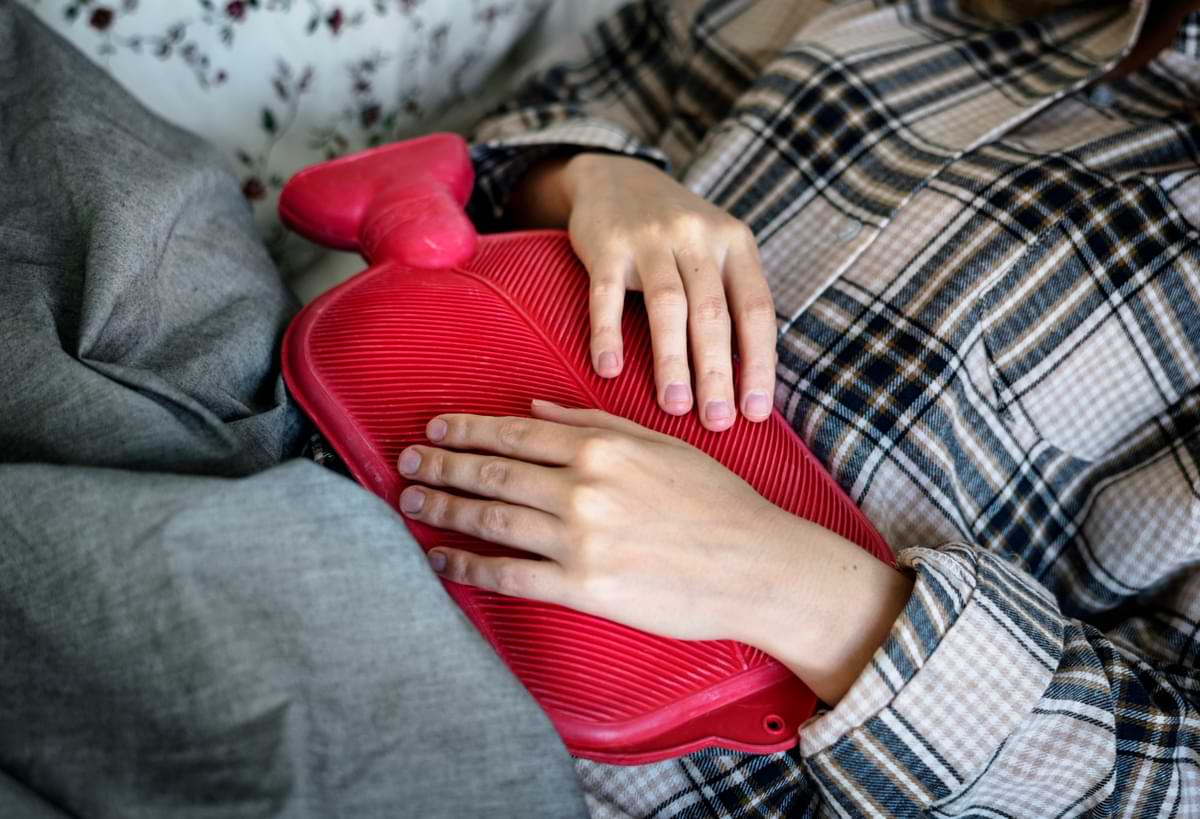
The 15 Best Teas To Relieve Menstrual Cramps
Every month, thousands of women suffer from menstruation. Dysmenorrhea or menstrual cramps is manifested by symptoms of mild, medium and severe intensity that mainly affect the well-being of adolescents and young women. This primary or secondary female condition is defined by temporary or recurrent pelvic pain in the menstrual cycle period. According to research, “50% of women experience menstrual cramps at some stage in their lives.” Learn more curiosities about menstruation and discover the 15 best teas to relieve menstrual cramps. Enjoy your reading!

There are cases that the menstrual period is so painful that it makes it impossible to perform tasks, such as studying or working. Fortunately, for some women, menstrual leave is a natural right in the workplace in countries such as Japan, Zambia, South Korea and Taiwan. In Zambia (South Africa), women during menstruation can take one day off a month when they wish, without any medical certificate.
Curiosities about dysmenorrhea or menstrual cramps
According to recent studies, “one in 10 women suffer from dysmenorrhea, menstrual pain so severe that it even interferes with their daily activity.” Spain may be the only in Europe to apply for paid menstrual leave of 3 days off each month for women suffering from severe dysmenorrhea. For this condition, symptoms other than menstrual cramps will be considered.
“Working with pain reduces productivity and focus (…) many people become more sleepy or have changes in diet, facts that directly interfere with work.” Most women resort to taking medication with an anti-inflammatory, analgesic, or antispasmodic effect or to hormonal treatments. This common practice may reflect the social devaluation of dysmenorrhea.

Dysmenorrhea can be classified as primary or secondary. Primary dysmenorrhea is defined by the development of mild symptoms, after the first menstruation, without any diseases. This dysmenorrhea type reproduces mild to severe pain, days or hours before the onset, or during menstruation. This pain is most intense in the first three days of the menstrual cycle.
In contrast, secondary dysmenorrhea results from some disease or infection that disrupts the normal functioning of the reproductive system in women over 30. It is defined as menstrual pain that persists with high intensity throughout the menstrual cycle.
15 Best teas for menstrual cramps
- Corn Hair;
- Chamomile;
- Cinnamon;
- Ginger;
- Marigold;
- Oregano;
- Valerian Root;
- Hibiscus;
- Rosemary;
- Cloves;
- Marjoram;
- Vitex (agnus-castus);
- Lavender;
- Mint;
- Artemisia.

Symptoms of Dysmenorrhea
The main symptoms of dysmenorrhea are as follows: tiredness, pelvic pain, abdominal swelling, weakness, leg cramps, excessive sweating, bad mood, migraine, irritation, and nervousness.
The intensity of menstrual cramps may be aggravated by malnutrition in the body.
Tips to reduce menstrual cramps
Apart from taking teas, there are other natural ways that may help in relieving menstrual cramps. Check out some tips for menstrual pain:
1) Practice exercises that strengthen the pelvic floor. Invest in walks outside and bicycle rides;
2) Use a hot water bottle, placing it alternately on the abdominal and lumbar region. You can also use a warm damp towel;
3) Do self-massage lying down in a comfortable place;
4) Avoid eating pro-inflammatory foods;
5) Have a bath with warm water;
6) Eat light meals;
7) Try reflexology techniques;
8) Use acupuncture;
9) Drink more water;
10) Avoid stressful situations;
11) Don’t smoke.
Try our suggestions for teas for menstrual cramps and improve your relationship with menstruation. See you next time!








Sorry, the comment form is closed at this time.